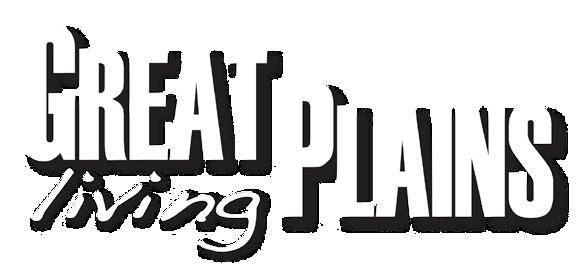




TWO SIDES OF THE HEIFER COIN PLUS
SERVING OTHERS BUILT TO OUTWORK STATE OF THE BRAND POND MANAGEMENT
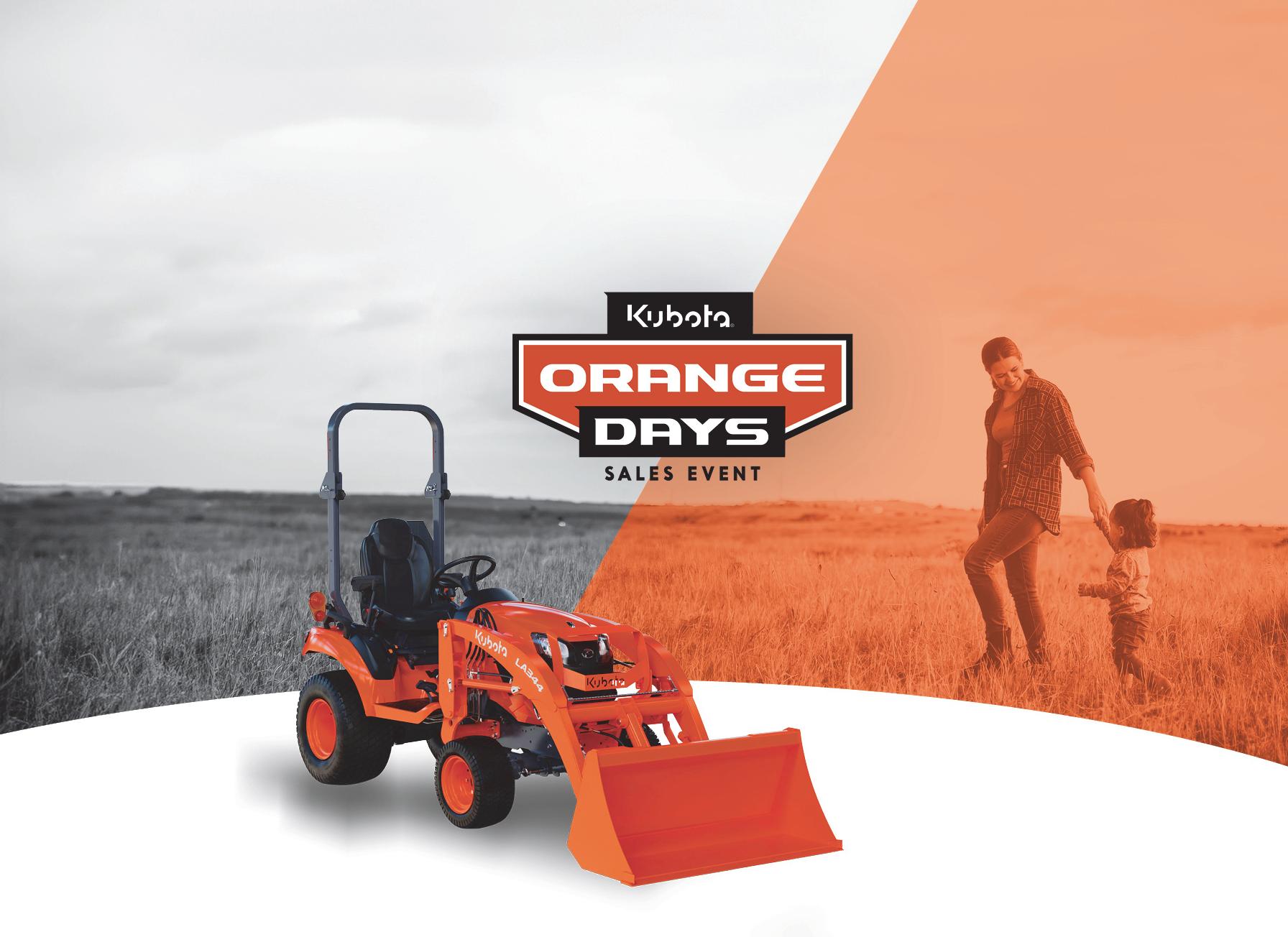













limited warranty. This material is for descriptive purposes only. Kubota disclaims all representations and warranties, express or implied, or any liability from the use of this material. For complete warranty, disclaimer, safety and product and incentive offer information, consult your local Kubota dealer and the Owner’s Warranty Information Guide for the Kubota limited warranty on all products. Visit KubotaUSA.com/disclaimers
**Based on EDA



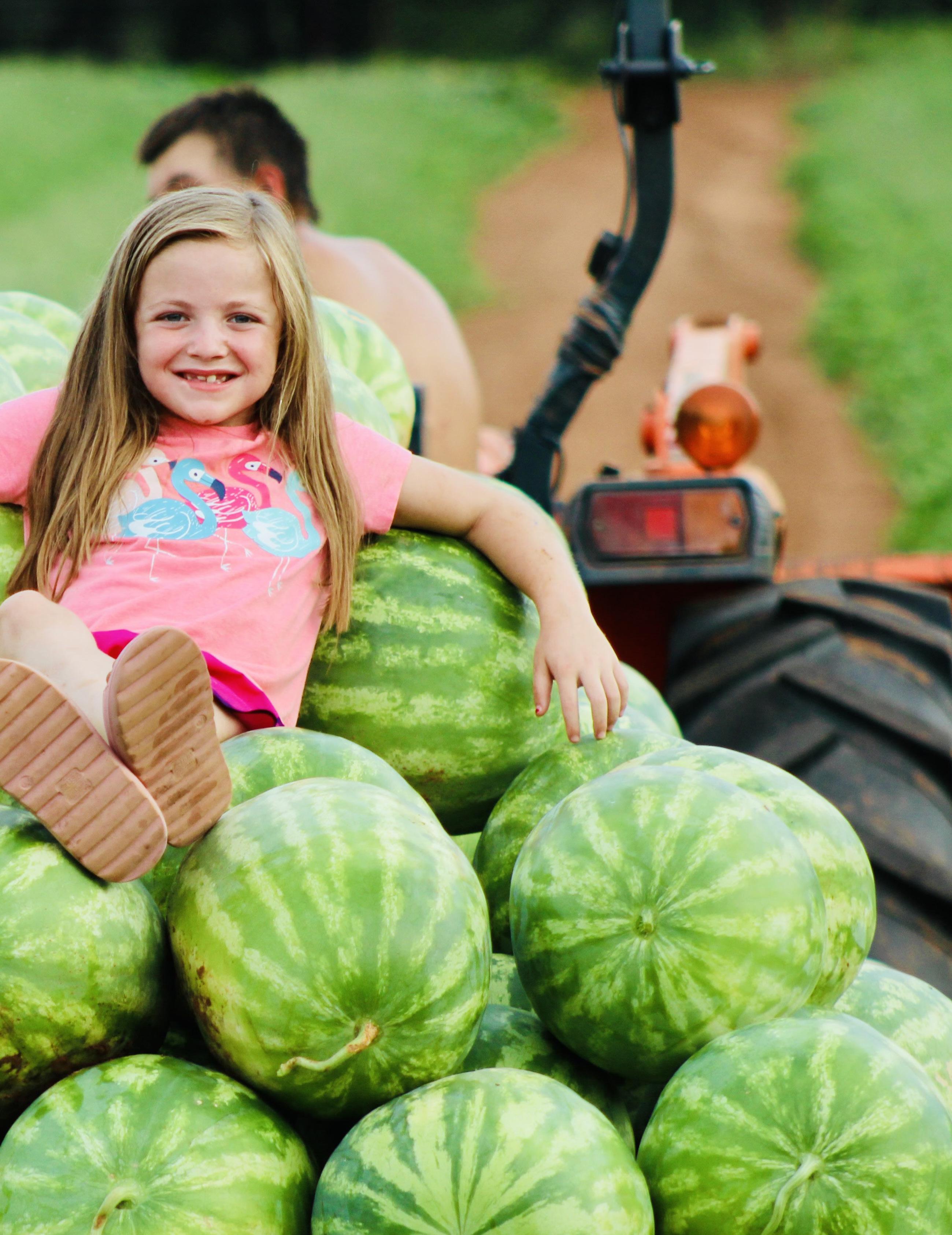


Fishing has been one of the most written about topics of mine. From trout to tuna, I've shared many fishing adventures with GPL readers over the years and if there has ever been a take-away from my fishing or any outdoor articles it's that: You can't put a value on the outdoors because spending time in nature is a gift from God. Yet we've taken primal activities such as hunting and gathering and turned it into sport and competition. I don't believe I've ever shared my opinions on tournament fishing and I won't start with this article. I will share a fishing story from when I was a child. Long before the social media giants of Arbuckle were popping up on social media my dad and I would tube fish coves and bank fish the points for largemouth and catfish. Being only 25 minutes away, Arbuckle was our go to lake. One trip while fishing on a point, we were crowded heavily by two boats throwing right on top of us. The other fisherman's excuse, "Sorry, sorry we're fishing a little tournament here!" It was at that point that I realized that folks fishing in tournaments were more important than fathers and sons fishing on the bank or at least that's what stuck in my young impressionable mind. Now flash forward to a 41 year old Reed being invited to attend a 2 day Major League Fishing (MLF) tournament!
The Major League Fishing 2024 Sponsor Pro-Am was held at Lake Texoma on April 23-26. As a local dealer for Kubota, Great Plains was extended the opportunity to attend the event on behalf of Kubota. Justin Eubanks (Great Plains Ardmore Store Manager) and I were selected to attend and I have to say, other than spending a few days out of the office fishing with a

fellow co-worker, I was a littler apprehensive about the whole experience. Having no prior fishing tournament experience or desire, I didn't know what to expect, but like any good fisherman I was going to come prepared. If you can, imagine me walking through the Choctaw Casino and resort with my fishing bags and poles looking like a complete tourist. We didn't know what to expect, just that we were going fishing.
It was a two day tournament at Lake Texoma, but on day one we had other plans! On the first day of the tournament Justin and I teamed up with Jeff Sprague and instead of heading to Catfish Bay we headed to Bois d'Arc lake in Texas. This lake had only been opened for less than a week to the public and it was primed and ready for us! We forfeited our entry that day but it was worth the once in a lifetime opportunity. Justin and I caught over 30 fish that day and Jeff couldn't have been a better guide. Jeff was obviously a great fisherman, but he was also an excellent guide and those two don't always align.
Day two we had the pleasure of going out with the "Cajun Baby" Cliff Crochet. This time we stuck to the tournament rules and in fact we never left Highport marina. We spent the entire day flipping docks for spawning bass, which paid off because we ended up with a 1st place trophy and I somehow got BIG BASS for the day!

Trophies and plaques aside it was interesting to watch how professional tournament fisherman work the water. Ultimately the MLF experience has left me with a new found respect and understanding of tournament fishing, however I don't think I'll join the circuit anytime soon, I like eating my catch too much!

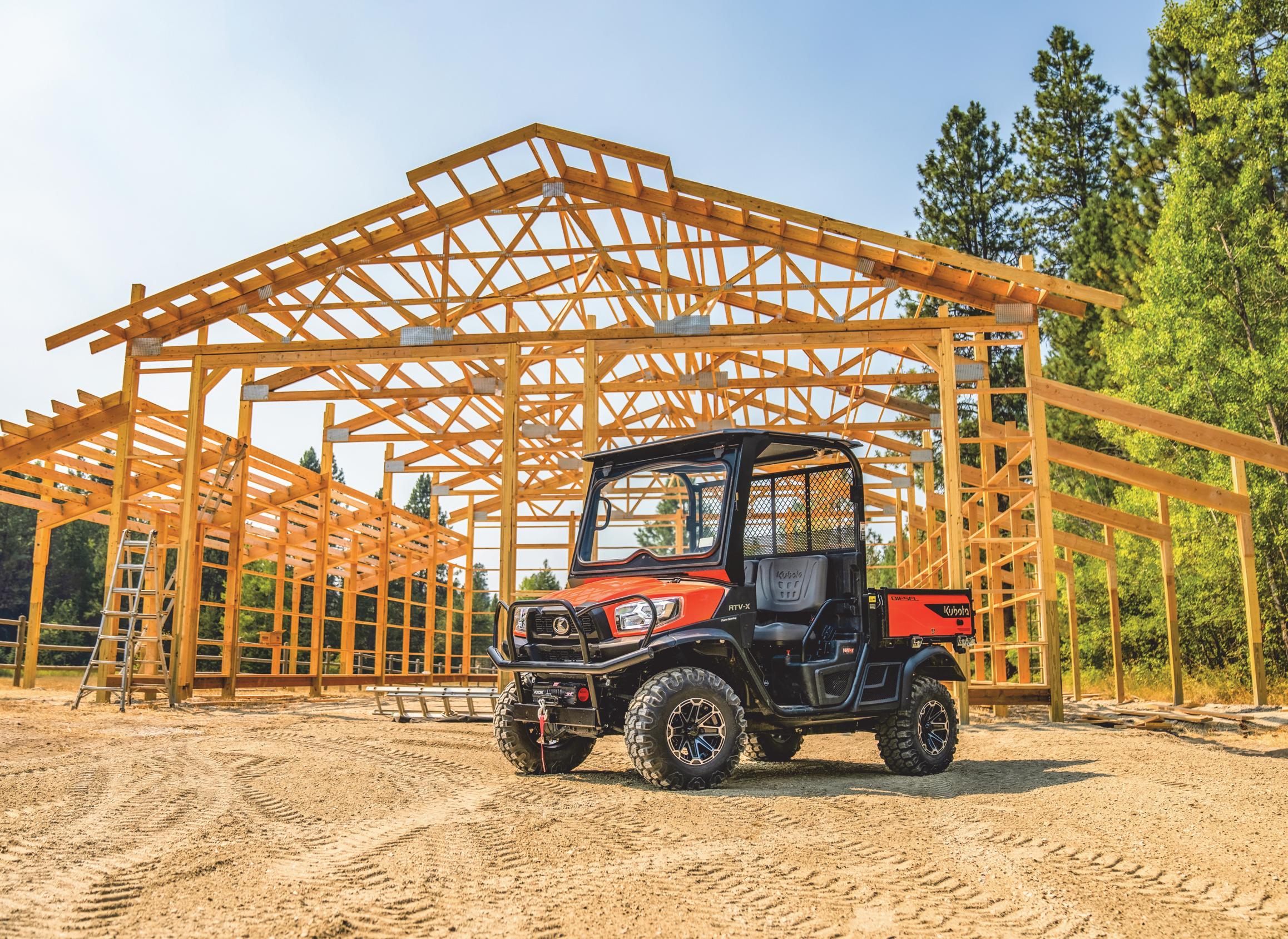
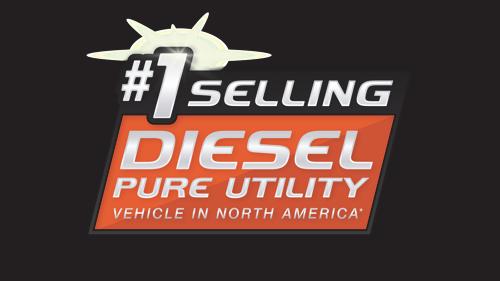











There are numerous unique factors that make the beef cattle industry complex. Chief among those are the heifer dynamics that are central to cattle cycles. Two biological facts are critical: cows have one calf at a time in a rather slow biological process; and two, heifers can be used for current beef production or breeding for future production in a one for one tradeoff. This means that when cattle numbers, specifically the cow herd, are low, retention of heifers to increase beef production makes the already short supply of beef even smaller before the cow inventory can expand and lead to increased beef production with a 2–3-year lag.
Table 1 summarizes the last four cyclical beef cow herd expansions since 1975. With the exception of the truncated 2005-2006 expansion, the other three cycles have several similar characteristics. In most cases, the total increase in the cow herd from trough to peak is 2.2 to 2.9 million head, an increase of 5.8 to 9.4 percent. The corresponding increase in replacement heifers ranged from 1.1 to just over 1.2 million head in three of the four cycles. The most recent cycle, from 2014-2019, was different in that the increase in beef replacement heifers started prior to herd expansion and ended prior to the peak in herd inventory. This is likely an indication that there was pent up desire to expand that was delayed due to drought in 2011-2013.
 By Derrell S. Peel OSU Extension Livestock Marketing Specialist
By Derrell S. Peel OSU Extension Livestock Marketing Specialist
The inverse relationship between heifers used for beef production and heifers retained for breeding is shown in Figure 1. The blue line (left side scale) shows heifers as a percent of total fed slaughter from 1975-2023, while the red columns (right side scale) indicate the percent change in beef replacement heifer inventory from the previous year. The green ovals highlight cyclical herd expansions in Table 1. In each case, as the beef replacement heifer inventory increases, the percentage of heifers in the fed slaughter total necessarily declines. The decline in this percentage in the most recent cycle was especially sharp, dropping below 34 percent for three years, the lowest levels in the 49 years from 1975-2023.

Figure 1 provides some insights into the future. The far-right side of the graph shows that heifer slaughter as a percent of fed slaughter is as high as it has ever been at 40 percent in 2023. This matches the previous high of 40 percent in 2000 and 2001. At the same time, the replacement heifer inventory has been decreasing and the beef cow herd continues to get smaller. In the first quarter of 2024, the heifer slaughter percentage was 40.5 percent, down fractionally year over year for the same period.
It is not clear if the next herd expansion will require the heifer slaughter percentage to drop as much as the 2015-2017 period, but it must drop below the long-run average of just over 37 percent and likely to the 35-36 percent range. There is no indication that is happening yet.

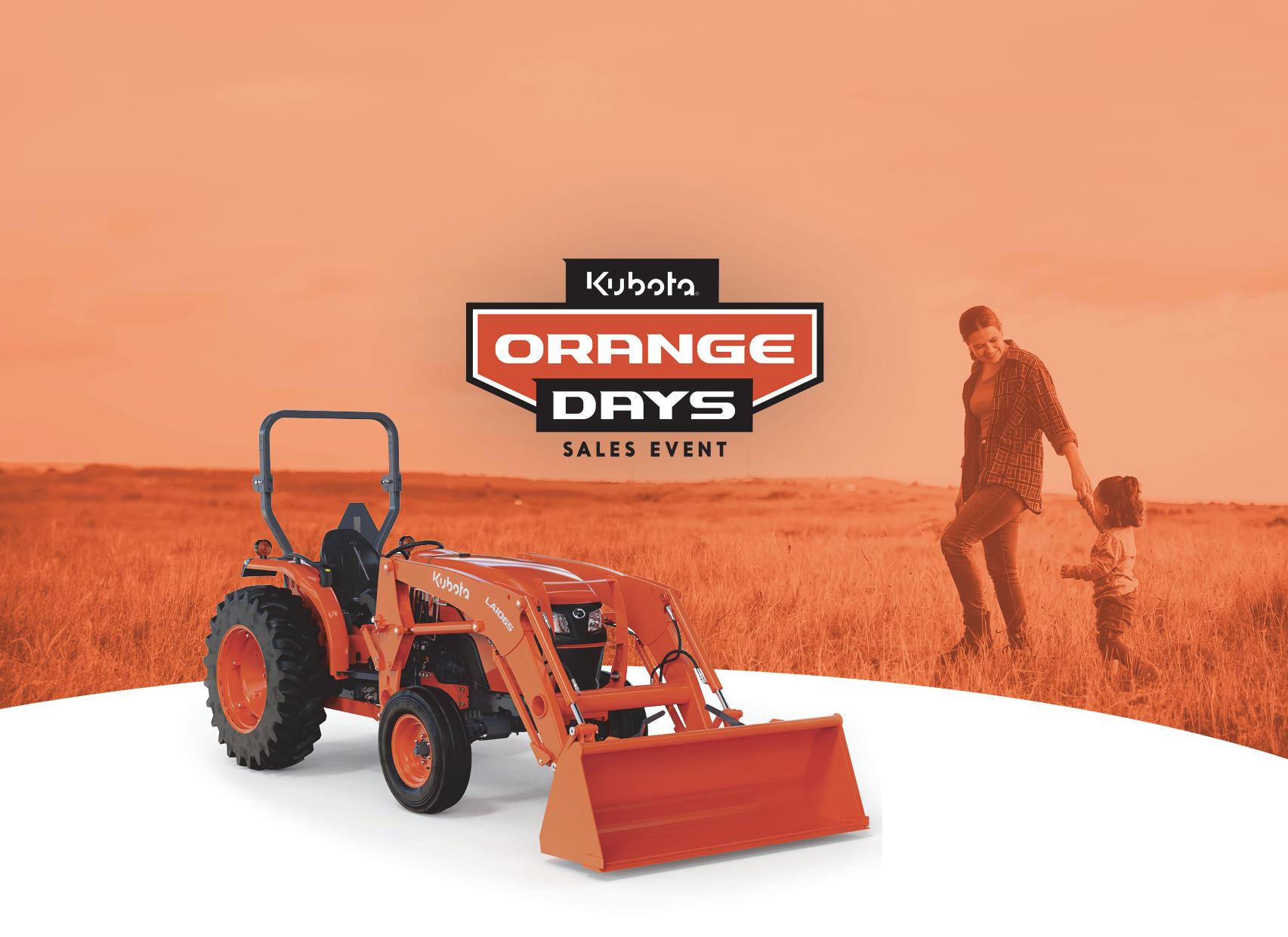
APR UP TO 60MOS % PLUS SAVE UP TO $1,800* ON SELECT KUBOTA TRACTORS









*Based on EDA/UCC Data from 01/01/2018 - 12/31/2022 for sales of new tractors 0-200 Hp in the USA.© Kubota Tractor Corporation, 2024. $0 Down,
*Based on EDA/UCC Data from 01/01/2018 - 12/31/2022 for sales of new tractors 0-200 Hp in the USA.© Kubota Tractor Corporation, 2024. $0 Down, 0% A.P.R. �nancing for up to 60 months on purchases of new select Kubota MX Series equipment from participating dealers’ in-stock inventory is available to quali�ed purchasers through Kubota Credit Corporation, U.S.A.; subject to credit approval. Example: 60 monthly payments of $16.67 per $1,000 �nanced. Each dealer sets their own price. Customer instant rebate of $1,500 with promotional rate �nancing. Customer instant rebates include Orange Plus Attachment Instant Rebate of $100 with purchase of the second qualifying new implement and $200 for the third new qualifying implement. Some exceptions apply. There is no rebate on the �rst implement purchased. Offers expire 06/30/24.Terms subject to change. Your Kubota Limited warranty gives you speci�c legal rights. You may have other rights which vary from state to state. 6 years limited powertrain warranty, Kubota Tractor Corporation does not authorize any person to create for KTC any obligation or liability other than that stated in the limited warranty. This material is for descriptive purposes only. Kubota disclaims all representations and warranties, express or implied, or any liability from the use of this material. For complete warranty, disclaimer, safety and product and incentive offer information, consult your local Kubota dealer and the Owner’s Warranty Information Guide for the Kubota limited warranty on all products. Visit KubotaUSA.com/disclaimers for more information.
A.P.R. �nancing for up to 60 months on purchases of new select Kubota MX Series equipment from participating dealers’ in-stock inventory
quali�ed purchasers through Kubota Credit Corporation,


Watershed ponds are a common part of the Oklahoma landscape. Unfortunately, most pond owners do not know how to inspect and maintain their ponds. Without maintenance, pond life is shortened and major repairs are often needed. This article aims to provide a simple set of steps to ensure the investment of the pond is protected. Taking the time to do regular walking inspections of your pond will pay off by catching problems early, when repairs are much less expensive.
Recognizing pond problems early does not take long and should be a part of your yearly calendar. It begins with understanding the parts of the three major parts of a pond: the dam, watershed and basin.
When inspecting the pond, it is recommended you take along the following items:
• Survey flags, flagging or stakes – to mark any problem, making it easy to relocate.
• Camera – to show an engineer or technician exact concerns.

The force of water pushing against a dam is enormous. Even a well-built dam is vulnerable to failure if not maintained. The final stages of a dam failure happen quickly and can easily destroy buildings and kill people or livestock unfortunate enough to be in the way.
If the opportunity to build a new dam exists, consider spending more money and time to have a wider top and gentle slopes. A wider top will greatly reduce the chances of pond blowouts due to animals burrow-
ing and other factors. Gentle dam slopes allow safer mowing. Mowing once or more a year is one way to prevent damage due to brush and tree growth. The crown or top of an earthen dam should be maintained to slope away from the center line to shed water. A poorly maintained crown can lead to water overtopping the dam, leading to a complete dam blowout.
Potential problems with dam crowns:
• Not higher in middle to shed water, allowing water to puddle.
• Ruts from vehicles or cattle trails.
• Vehicles should not be driven across a dam unless it has a very wide top designed for this purpose. Dams designed for vehicles typically have a 25-foot or wider top. In addition to creating ruts, the weight of vehicles will cause the shoulders of the dam crown to slump, leading to a narrowing of the top width.
• Grass cover too thin to prevent erosion.
• Slumping or eroding shoulders.
• Animal burrows – mounds, tunnels and collapsed areas.
For advice on recognizing and managing nuisance burrowing animals see FEMA 473, Technical Manual for Dam Owners: Impacts of Animals on Earthen Dams. Mounds indicating gopher burrowing are easily seen. Muskrat and beaver activity may be harder to recognize, since burrow entrances are below the waterline. Before attempting to repair the burrow, the nuisance animal must be eliminated using appropriate methods of the type discussed in FEMA publication 473.
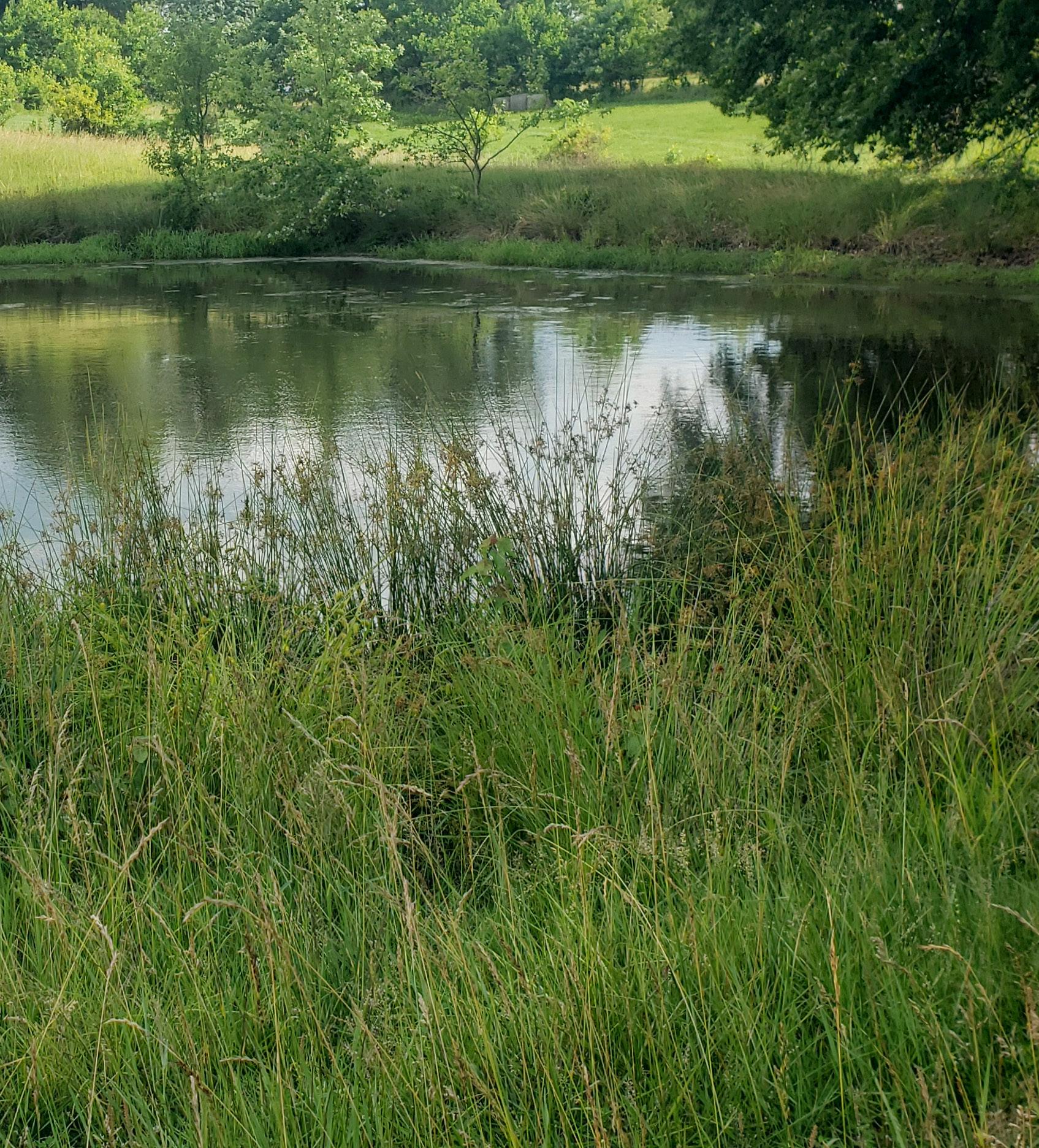
One possible repair method for small burrows is a thick slurry mix of 90 percent soil and 10 percent cement. Do not make the mix too watery. Use just enough water in the mix to allow the slurry to flow into the burrow. Insert a metal stove or vent pipe into the burrow entrance, seal the area around it well and then use it to funnel the mix into the burrow. Also be on the lookout for collapsed areas that may indicate beaver dens in the crown of the dam. These typically require digging out and repacking with good clay soil. As always, seek the advice of NRCS professionals.
There are two slopes or “faces” of the dam: the upstream and downstream sides. Grass can hide problems, so a close walking inspection is needed to cover the entire dam face to inspect the slopes for the problems discussed next. Use the walking pattern best suited for your dam.
Potential problems on dam slopes:
• Wave erosion on inside face – seek NRCS advice. Wave erosion solutions may involve hardening the eroding area, use of floating barriers to reduce wave impact or establishment of emergent aquatic plants.
• Animal burrows – mounds, tunnels, collapsed areas, and paths in vegetation indicating underwater burrow entrances.
• Trees or woody plants – If these are large, seek NRCS advice. Otherwise remove by cutting and/or use of herbicides as most appropriate. Apply herbicides according to the label. Removing large woody plants can weaken a dam if roots are not removed and the hole properly repacked. Seek expert advice.
• Grass cover – too thin to prevent erosion.
• Cattle trails or bare soil. Fence cattle to keep them off the dam and take steps to reestablish good grass cover – seeding or sprigging and soil amendment and irrigation if needed.
• Cracking or slumping – flag and take photos. Beware of the possible danger if a section of the dam face breaks loose and slides
• Excess seepage – If a new damp or wet spot is seen, flag it. A new wet spot cold be a serious warning sign–seek advice.
The primary “spillway” of a pond is the first place the pond overflows. It may be a pipe a few feet below the top of the dam that runs through it (trickle tube) or a vertical pipe on the inside of the dam (internal standpipe) or a concrete tower, in the case of large flood control ponds.
In larger ponds, there is often an open cage of rods (trash rack) on top of the primary spillway. These work to prevent clogging of the primary spillway by floating tree limbs or other debris. An internal standpipe and trickle tube are both examples of primary pond spillways.
Potential problems with primary spillways:
• No trash rack – potential for clogging by floating trees limbs or other debris. Beware of the lethal hazard posed by an overflowing primary spillway. Never attempt to unclog a large spillway pipe or tower while swimming or from a boat. Do not get anywhere close to the intake.
• Signs of damage to the pipe or tower – corrosion,
collapse, etc.
Once the capacity of the primary spillway is exceeded, the water level rises and the flow begins across the auxiliary spillway. This structure used to be called the emergency spillway. Usually it is a broad, flat channel to one side of the earthen dam. Good grass cover is essential to protect against the erosive power of flowing water.
Potential problems with auxiliary spillways:
• Inadequate grass cover to prevent erosion.
• Rutting by vehicles or livestock.
• Erosion – check entire spillway for eroding areas, especially the outside toe.
• Blockages or other changes – these could prevent proper functioning.
• Nothing should be done to the auxiliary spillway that will block the free flow of water during an overflow event. Auxiliary spillways are to be flat from side to side to allow uniform depth of flow. They should never be modified or blocked without expert guidance.
This is the area of land that catches the rainfall to fill the pond. Typically, it will be 10 or more times larger than the pond basin. It often will include other people’s property, so close inspection of the total area is not possible.
algae problems.
• Animal manure – corrals, storage piles and application to land in excess of soil test recommendations can lead to pond algae problems.
• Trash dumps – may release toxic substances.
• Ponds that drain into a pond – undesirable fish can move into a pond when higher ponds are overflowing.
The basin is the “pool” part of your pond. The soils in a properly planned pond basin should have adequate clay content to retain water with minimal seepage. Rock layers and pockets of sand or gravel can create problems by allowing high rates of seepage. Seek advice if the pond basin does not hold water. There are many reasons why a pond basin may not hold water and multiple ways to correct these problems.
Basins are vulnerable to being filled in by soil that washes into the pond and to shoreline collapse, slumping or erosion. The greater the exposure of a basin to wind, the more energy waves will have to erode shorelines. Aquatic plants prevent edge erosion by dampening wave energy and holding soft shoreline soils together with their root systems. Potential problems with pond shorelines:

Potential problems in pond watersheds:
• Grass cover – lacking, inadequate or adequate coverage to prevent erosion which will muddy ponds. In some cases it may be useful to build a small sediment entrapment pond above the pond.
• Dirt roads can be a major source of clay, silt and sand washing into ponds.
• Oil field activity – salt water, drilling mud or oil can impact ponds downslope if something goes wrong.
• Fertilizer use – When applied to lawns or crops in excess of plant need, fertilizer runoff can lead to pond
• Sediment filling – sand and silt has washed into the pond.
• Edge slumping or collapse.
• Edge erosion.
Unlike brush and trees on dams, aquatic plants are needed in a pond in moderate amounts. Learn the names of the common aquatic plants in your pond so you can recognize when a new, potentially damaging plant appears. There are three categories of pond plants based on where they grow:
• Shoreline emergent plants may be tall or short. They do an excellent job of protecting against wave erosion. Tall shoreline emergent plants can block the view and access to the pond.


APR UP TO 48MOS % PLUS $1,000* LOYALTY CASH REWARD





*© Kubota Tractor Corporation, 2024. $0 Down, 0% A.P.R. �nancing for up to 48 months on purchases of select new Kubota DM series (DM3000, DM4000 and DM5000) equipment from participating dealers’ in-stock inventory is available to quali�ed purchasers through Kubota Credit Corporation, U.S.A.; subject to credit approval. Some exceptions apply. Example: 48 monthly payments of $20.83 per $1,000 �nanced. *$1,000 Loyalty cash reward on select new DM purchased is available to retail customers who have purchased new Kubota serialized based units from 2014 or newer. Loyalty discount excludes National Accounts and cannot be combined with Competitive or High Pro�le discounts. Offer expires 06/30/24. Terms subject to change. This material is for descriptive purposes only. Two-year standard limited warranty on Kubota Disc Mowers, Disc Mower Conditioners, Tedders, Rakes, and Wrappers. Two-year or 15,000 bale (whichever comes �rst) standard limited warranty on Kubota Balers. Three-year standard limited warranty on Cutterbars and Gearboxes (used in the Disc Mower and Disc Mower Conditioners). This material is for descriptive purposes only. Kubota disclaims all representations and warranties, express or implied, or any liability from the use of this material. For complete warranty, safety and product information, consult your local Kubota dealer and the Owner’s Warranty Information Guide for the Kubota limited warranty on all products. For the complete disclaimer, go to KubotaUSA.com/disclaimers and see the posted disclaimer.KubotaUSA.com




*© Kubota Tractor Corporation, 2024. $0 Down, 0% A.P.R. �nancing for up to 48 months on purchases of select new Kubota DM series (DM3000, DM4000 and DM5000) equipment from participating dealers’ in-stock inventory is available to quali�ed purchasers through Kubota Credit Corporation, U.S.A.; subject to credit approval. Some exceptions apply. Example: 48 monthly payments of $20.83 per $1,000 �nanced.





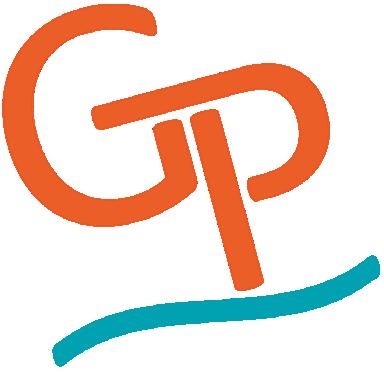





• Submerged aquatic plants are desirable for fish populations. They offer shelter for small fish to escape larger fish and create habitat for insects for food. From a fishing point of view, the optimal amount of submerged plants is from 20 percent to 30 percent of the pond basin. They also help to oxygenate the water. Submerged plants become a problem when they interfere with casting by anglers or take up the majority of the pond volume.
• Floating plants become a problem when they cover all or most of a pond, preventing the light penetration needed to produce oxygen through photosynthesis. Seek help in identifying plants and managing them by contacting the local county extension office.
The process of ponds becoming choked by excessive aquatic plant growth usually happens over several years. Do a yearly plant coverage check to recognize a problem in the early to middle stages, when it is much easier to manage. Pick a month in the growing season and get in the habit of doing a check on plant abundance each year at that time:
Take a photo from the same spot or make a sketch every year of the areas covered by plants, OR estimate the percent of the pond that is covered. This will let you recognize when a problem is develop-
ing. Do this during the growing season and during the same month each year, OR draw a bird’s eye view sketch of the pond showing the area covered by these three plant types.
The appearance of the pond water can indicate problems with excess fertilizer runoff into the pond, watershed erosion, leaf accumulation or other issues. Seek advice from the local county Extension office. Note the water’s appearance:
• Clear
• Greenish – Estimate how many inches you can see into the water or use a secchi disk.
• Surface scums
• Muddy
• Stained or other unusual appearance.
No fact sheet can give you the benefit of all the expertise and experience of a trained professional. For this reason, it is recommended that the local office of the Natural Resource Conservation Service is contacted whenever questions or concerns about the safety or maintenance of your pond structures. With the help of this information, you will know what to check and the right questions to ask to prevent a situation that is beyond the point of repair.














“The amount of support we got from complete strangers and surrounding communities completely took me by surprise. The meals cooked, the letters of inspiration that were sent to us, and the donations we received that came from people we never knew. I have so much gratitude for our neighbors from far and wide.”
- Michelle Miller (MillerFarms)
Nestled in the center of Rush Springs, Oklahoma, the Miller Farms fruit stand has been a beloved fixture of the community for many years. Known far and wide for their red watermelons—Rush Springs' very own claim to fame as the watermelon capital of Oklahoma—Miller Farms has always been more than just a business. It's a testament to the enduring spirit and unyielding determination of rural Oklahoma.
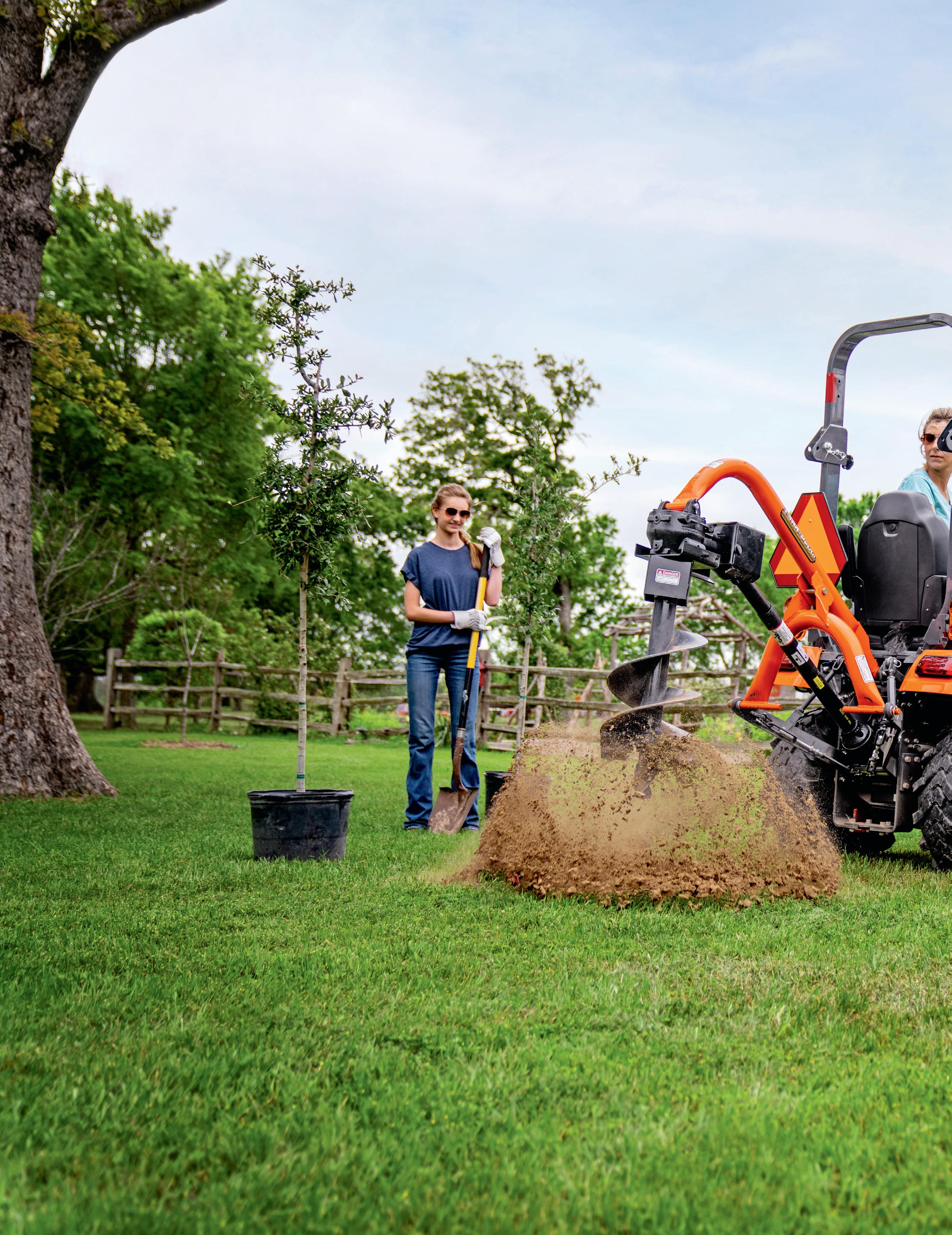
When it’s more than a hobby, you need more reliability, more versatility, and more durability. With professional grade mowers, high-performance tractors, and rugged utility vehicles, you can get more out of your land.


The Millers, a family steeped in tradition and a deep love for the land, have poured their hearts and souls into this farm. Todd and Michelle Miller, along with their four children, have made their fruit stand a symbol of hard work, dedication, and the bountiful harvests of the rolling Oklahoma countryside. However, tragedy struck one fateful evening in February 2022. A devastating lightning strike set their cherished fruit stand ablaze, reducing it to smoldering ruins and threatening the very livelihood of this resilient family.
For the Millers, it seemed as if their world had crumbled. The fruit stand was not only a source of income but a place where neighbors met, laughter was shared, and the sweet taste of fresh fruit brought joy to all who visited. Yet, in the midst of despair, something extraordinary began to unfold.
Rush Springs, a tight-knit community known for its small town heart, rallied around the Miller family in their hour of need. It was a sight to behold—folks from all walks of life coming together, driven by a shared purpose and a deep sense of kinship. The fire may have taken the fruit stand, but it could not extinguish the flame of community spirit that burns so brightly in rural Oklahoma.
Volunteers appeared overnight, armed with experience and a determination that mirrored the Millers' own resolve. Local students from the nearby school
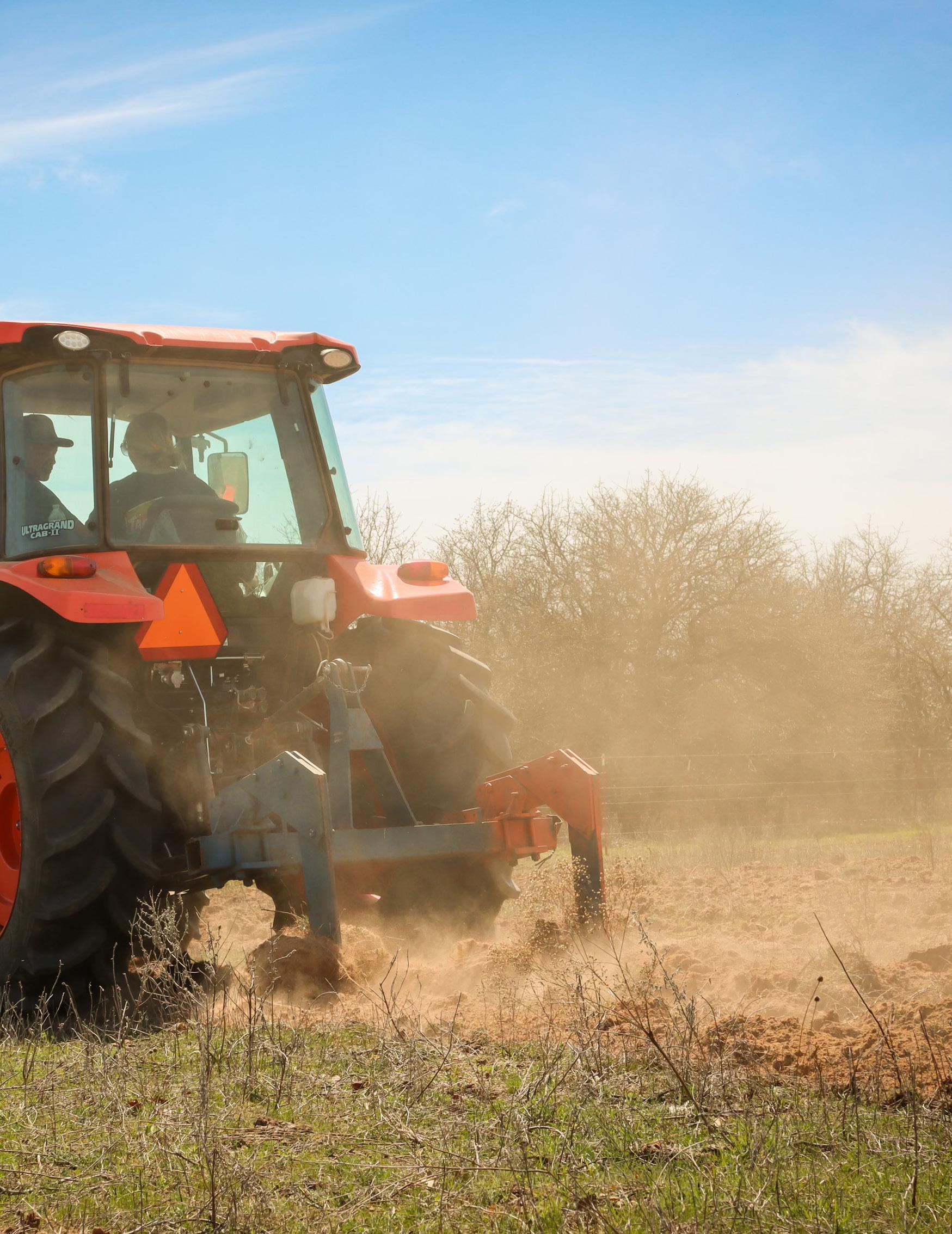
"We originally bought our first Kubota from Great Plains in Duncan and have had a great experience with it on our farm. We have been able to rely on Great Plains for parts, service and sales over the years and been have delighted with our experience. We are an “Orange Family” at Miller Farms, even to the point that our son who helps on the farm has gone and bought his own cabbed Kubota tractor to work on the farm."
-Michelle Miller (Miller Farms)
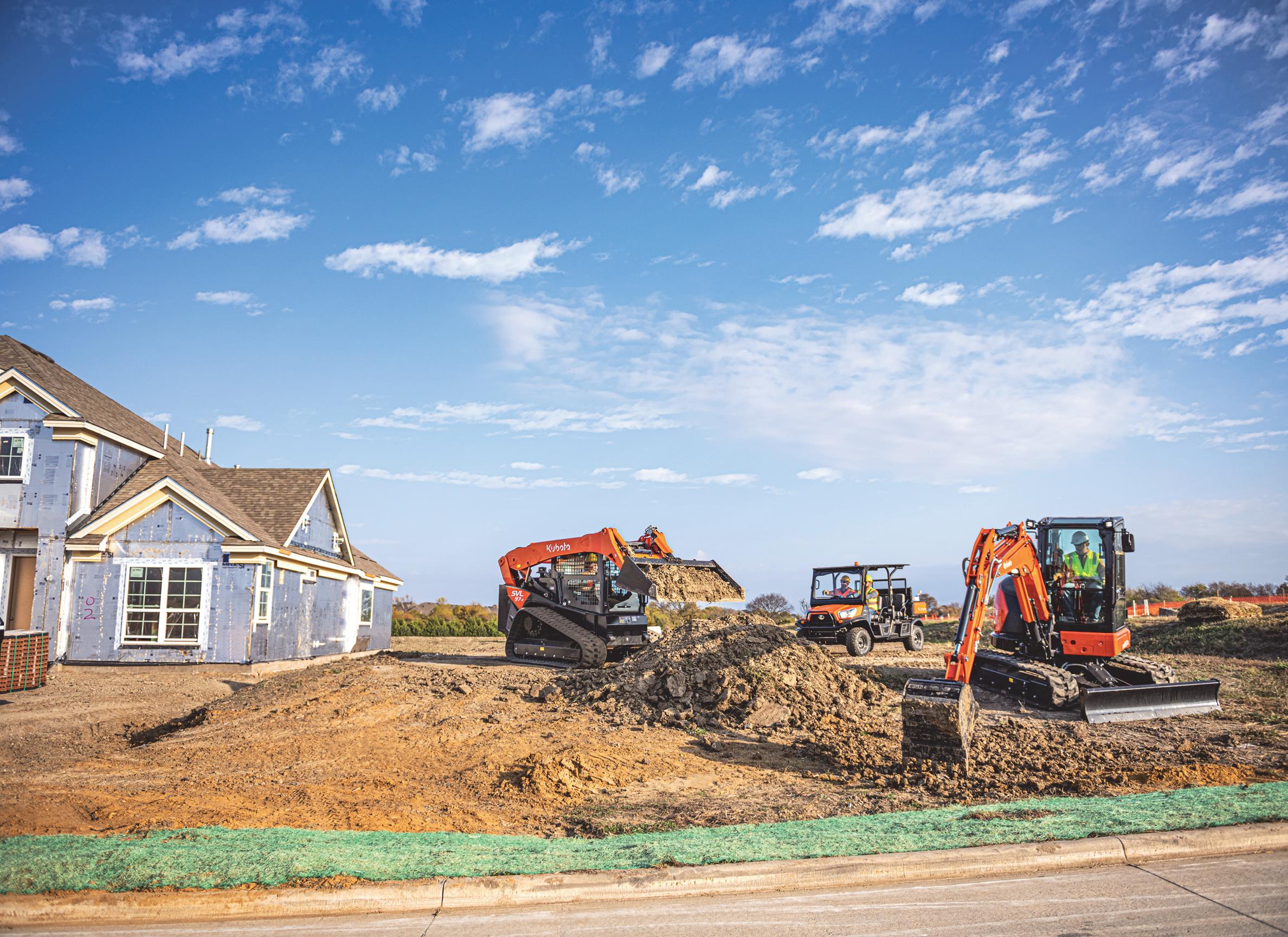













and the Future Farmers of America (FFA) chapter played an instrumental role in the rebuilding efforts. Donations poured in—building materials, labor, and even meals for the hard working crew. It was a grassroots effort, a true testament to the power of unity and the unbreakable bonds that tie small-town folks together.
By July 2022, the fruit stand had risen from the ashes, more vibrant and welcoming than ever before. The grand reopening was a celebration like no other, filled with laughter, tears of joy, and the sweet, juicy taste of the first watermelon of the season. It was a moment that captured the very essence of Rush Springs—a community that stands together, no matter the odds.
Today, as you drive down the familiar roads of our town, you'll see the Miller Farms fruit stand standing proudly once more. It serves as a poignant reminder of what can be achieved when a community pulls together. The Millers continue to greet each customer with warm smiles and a slice of the finest watermelon you've ever tasted, their spirits unbroken and their

gratitude boundless.
Since the fire, Miller Farms has flourished, continuing to expand their offerings to include Christmas trees at the end of the year and tulips in early spring. They grow strawberries and a variety of vegetables, all of which are sold at the stand. The Millers have turned their trials into triumphs, showcasing the strength and adaptability of rural Oklahoma.
In the heart of Rush Springs, the Miller Farms fruit stand isn't just a place to buy fresh fruit; it's a symbol of resilience, hope and the enduring strength of “small town” Oklahoma. It's a story of rising from the ashes, of neighbors helping neighbors, and of the unyielding belief that together, we can overcome any challenge. So, next time you find yourself in Rush Springs, be sure to stop by Miller Farms. Take a moment to savor the fruits of their labor, and remember the incredible journey that brought them back from the brink. In every bite of their delicious watermelons, you'll taste the love, determination, and indomitable spirit that makes this community truly special.














hen I first shared my story in January, I was just beginning my journey from a financial professional to an aspiring farmer. Inspired by my colleagues at Great Plains and the allure of the agricultural lifestyle, I started small by preparing raised beds in my backyard during the cold winter months.
The past few months have been a period of learning and preparation. Setting up the raised beds involved more than just partitioning my backyard; it required careful planning and research.
From selecting the right soil mix to understanding drainage and sunlight needs, each step brought new challenges and insights. I relied heavily on gardening books, online resources, and the invaluable advice of my knowledgeable coworkers. Additionally, setting up a drip irrigation system was a significant milestone, ensuring that my plants receive consistent moisture without the guesswork.
With spring in full swing, I’ve already sown my first seeds and begun to see the fruits of my labor. The excitement of planting tomatoes, herbs, peppers, and onions has been matched only by the joy of harvesting my first crops. The vibrant red of ripe tomatoes, the spicy kick of hot peppers, and the fresh aroma of herbs have transformed my backyard into a thriving mini-farm.
Each small harvest has been incredibly rewarding, reinforcing the patience and care that farming requires. There is something profoundly satisfying about stepping out into the garden and picking produce that you’ve nurtured from seed to table.
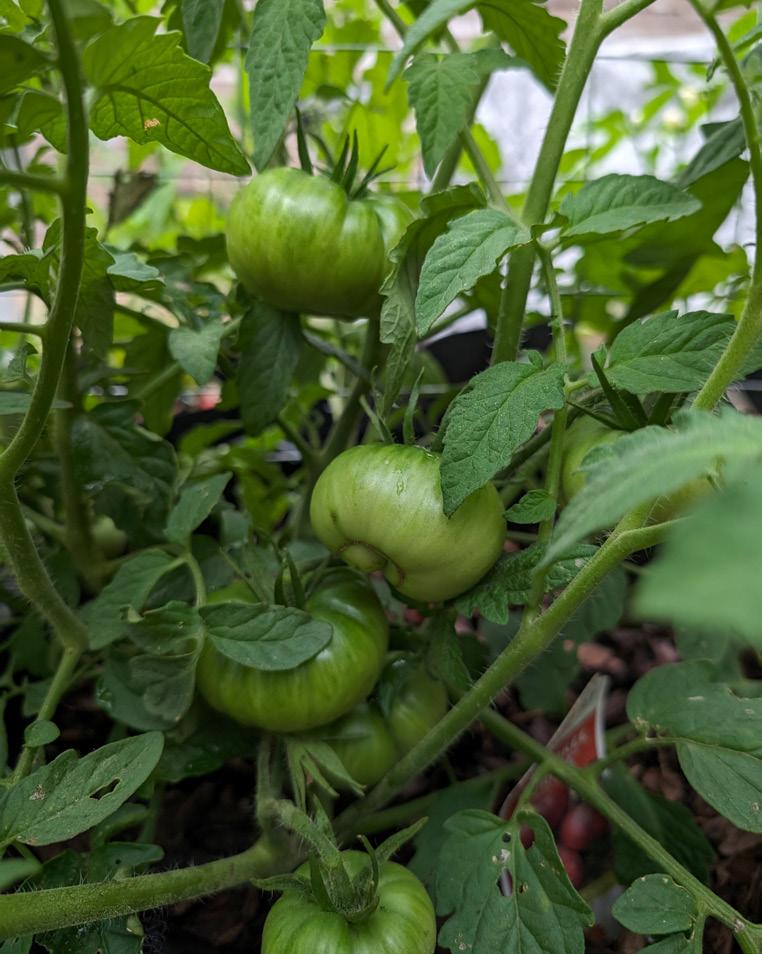 By Z Ach hARRIS
By Z Ach hARRIS
Of course, this journey has not been without its challenges. Pests and unpredictable weather have tested my resolve and forced me to adapt quickly. Learning to manage these obstacles has been a crucial part of my growth as a gardener. Conversations with coworkers have continued to be a source of invaluable advice, particularly about organic pest control and the best types of nutrients for certain plants. Understanding how to enrich the soil with the right nutrients has made a significant difference in the health and productivity of my crops. These experiences have deepened my respect for the farming community and the resilience required to succeed in this field.
While I may lack the land, equipment, and extensive knowledge to embark on large-scale farming, starting small has been the perfect way to begin this journey. The raised beds in my backyard are thriving, and I’m excited to see what the coming months will bring. I plan to experiment with new crops, expand my irrigation system, and possibly even start a small composting operation to enrich the soil further.
This journey has already taught me the value of patience, the joy of nurturing life, and the deep satisfaction that comes from putting homegrown food on the table. I invite you all to join me as I continue this adventure. Whether you're a seasoned farmer or a fellow novice, there's always something new to learn and share in the world of agriculture. Let’s embrace this journey together, one seed at a time.


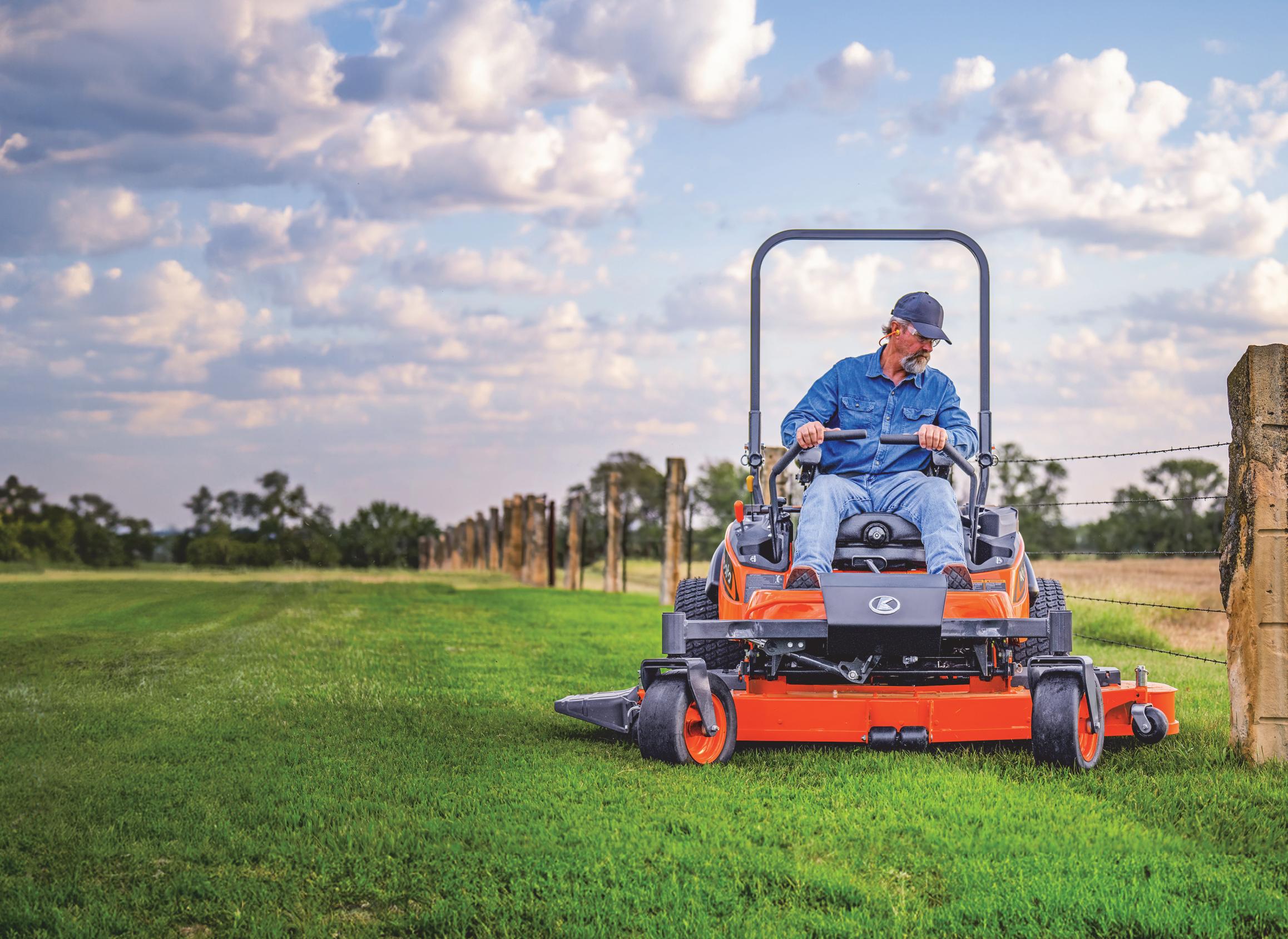











Spring has arrived and summer is upon us! We are happy to see the cold & wet days in our rear view mirror and happy to see the grass growing and leaves budding on the trees. I’m always reminded this time of year about the beauty and magnificence of our state and how fortunate we are to live here. Whether you have green wheat fields in your backyard, or fresh flowers in bloom - it’s always fun to drive around and see how beautiful this land is that we live in.
We are seeing plenty of rainfall this year in most areas across the state and we’ve actually had some much needed runoff rain to fill some stock ponds and watersheds. The cattle business is still very strong and I think we can expect to continue this pattern for the foreseeable future.
I’m very excited to announce that Great Plains has grown into two new markets this spring as well. We recently acquired Arnett|Enid New Holland & Kubota with locations in Arnett & Enid, Oklahoma. This was a natural fit for us for a number of reasons, but primarily because of our passion to support the production agriculture industry. This puts GP deep into farm country and that is something we are very excited about. With this acquisition, we are able to join forces with the dedicated and experienced employees that have served the Arnett & Enid market for almost 50 years. It also adds New Holland to our lineup of products as well. Partnering with New Holland enables us to compete in the production agriculture & cash crop segment of the business where there is so much opportunity in this part of the state. Great things to come in Arnett & Enid!


As I write this article, we’ve just experienced a significant outbreak of tornadoes that brought much devastation to our Southern territory. The town where I live, Sulphur took a direct hit from what preliminary reports show to be an F4 tornado. As Oklahoman’s, we aren’t unfamiliar with these types of storms and tornadoes almost become a staple of every spring, but we are never prepared for the loss of homes or businesses. As I look at the devastation and how quickly someone’s entire possessions can be blown away - I’m reminded about what really matters. Things can be replaced, life can’t. I’m convinced that these communities will pull together and rebuild stronger than ever before. And my prayer is that we will all be reminded of what is truly important in our lives, our family, our friends, and our neighbors.
To conclude, I pray that you are blessed this summer with fresh energy and life to take on the challenges and opportunities ahead of you. Remember to cherish the people in your life and let’s make the most of the time that God has given us.











When serving others, it is important to realize that there are always people who are less fortunate. The following two service projects occurring at this time are examples of the good work that can be accomplished. They are across the world from each other and the two service projects are extremely different, but are also the same because they are about helping people in need, and they are giving others hope.
This spring we have had a series of damaging tornados in Oklahoma. These tornados have caused severe damage to lives, homes and personal belongings. Sometimes it’s difficult to determine what to do to help those in need and who to help. I have found


that joining those who are helping by providing them support can be one way to serve. In a recent tornado in the town of Barnsdall, Oklahoma, Great Plains Kubota had the blessing of supporting Grindstone Ministries in helping to clean up the huge amount of damage left by the storm.
Grindstone Ministries is an Oklahoma-based 501(c)(3) non-profit organization founded in 2019 to provide disaster relief and construction services to those most affected by devastating storms. To that end, Grindstone has been deployed more than 30 times in the last three years to serve others by performing work as varied as a complete home makeover for a single mom with 3 kids, to disaster cleanup and critical materials distribution during the
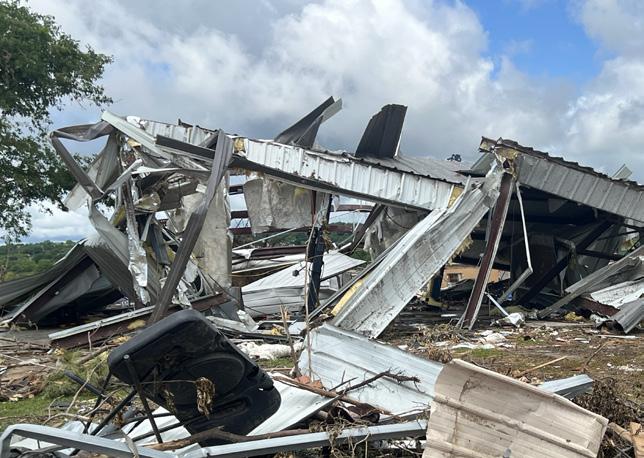


recent tornadoes in Mississippi. Their disaster relief missions are mainly focused on the 10 states in the middle and southern United States: Oklahoma, Texas, Louisiana, Mississippi, Alabama, Kansas, Missouri, Arkansas, Kentucky and Tennessee.
Grindstone Ministries spent more than 2 weeks in Barnsdall helping the cleanup where they removed more than 2000 loads of debris.
To help Grindstone Ministries give hope to others, please go to their website grindstoneministries.com to see how you can help them help others in need.
In east Africa, Uganda is a country that borders Lake Victoria on the north and is land that should grow anything agriculturally. Due to civil war and the after effects of that war, many people live in poverty and deal with the lack of food, especially the children.
Faces with Names International, an Oklahoma based 501 (c)(3) non-profit is helping an orphan care center and school near Mukono, which is a few hours outside the Uganda capital of Kampala. FWNI supplying medical care and agricultural support to Embrace Schools, which cares for 200 students, of which 70-80 are full-time residents. Most of the rest of the students


stay with foster families in the area.
With the support of Great Plains Kubota and many others, I have had the blessing of working on the agricultural project for the last year. At the start, they were producing just a few bags of maize/corn off the acreage that only lasted the children a few weeks and the children were only getting one meal a day. After one season, the production has increased to 27 bags of maize and 5 bags of edible beans. And now the children get 2 meals a day. We expect that the harvest will improve through training and guidance and the adding of 2+ acres of land, purchased largely through the generosity of individuals located in Oklahoma.
In addition, the community has noticed the progress and is adopting the idea of being trained in improved agricultural practices.
We've been blessed by being involved in these two projects and we get the opportunity to give them a hand up, not a hand out. These are not the only projects helping people in need. Find something that interests you and help in some fashion, whether monetarily or with your time. You can always be praying for those in need.
If you have any interest in being involved in either of these organizations or projects, please email at sswigert@gpkubota.com or you can call or text me at 580-504-7113.


Rev up your day and prepare for unparalleled productivity with the RTV-X1130, the ultimate companion for conquering rugged terrain. Engineered for power, performance, and smooth rides in every mile, this UTV (utility vehicle) boasts a reliable Kubota Diesel Engine, VHT-X transmission, and hydraulic dump bed for reliability and strength. Now, with added features like a long bed cargo box, ProKonvert functionality and new cargo box accessories, it offers even greater versatility for any task at hand. Be more capable with Kubota's ProKonvert cargo bed featuring folding side panels and a toolless flatbed conversion. Whether you're on the job or seeking adventure, the RTV-X1130 is primed to exceed expectations. Experience smoother rides with the RTV-X1130. Its rugged construction ensures stability and tranquility, shielding you from bumps, vibrations, and noise. Designed to handle heavy loads and rough terrain with ease, this UTV guarantees a comfortable journey wherever you roam. Plus, with Kubota's VHT-X (Variable Hydraulic Transmission), enjoy exceptional performance on various terrains with smooth and powerful acceleration. Low-speed driving becomes a breeze with smooth throttle control, ensuring great traction and maneuverability, whether loaded or not. Feel confident and secure with the RTV-X1130's wet disk brakes, a type of hydraulic brake that uses oil to lubricate, cool, and operate braking surfaces. These breaks provide long brake life and dynamic braking for added control, especially on long inclines. Navigate steep slopes with ease, knowing you have the additional breaking power and driving control for a safer ride.
Enhancing your ride further is the RTV-X1130’s height adjustable suspension. Its independent suspension on all four wheels ensures an exceptional ride, regardless of terrain or load. Kubota’s Extra Duty IRS (Independent Rear Suspension) technology is both durable and enhances productivity, providing a smooth and stable ride even in challenging conditions. Say goodbye to bumps and jolts and hello to unmatched comfort and performance with the RTVX1130.
The RTV-X1130 also has a spacious 6-foot cargo bed which is perfect for work and play. Made from heavy-duty steel, it's built to withstand tough conditions and keep your belongings secure. With a capacity of 1,212 pounds, you can easily haul tools, firewood, gear, and supplies. Its spacious design accommodates longer items, making it ideal for those extra long loads. The cargo bed also features a standard hydraulic dump bed, allowing you to dump sand, gravel, turf, or almost anything else from its impressive 26.1 cubic feet capacity. It also has foldable side panels making it easier than ever to load items. Unloading heavy cargo that would normally take significant strength and time can now be done with minimal effort in just seconds. Whether you're heading to a job site, embarking on a camping trip, or handling everyday tasks, this cargo bed is your reliable partner for getting your stuff there and back.
There are many great features to like about the RTV-X1130, from its smooth ride technology and hydraulic breaks to its spacious cargo bed and customizable accessories. The RTV-X1130 is a powerful, reliable, and versatile machine designed to meet all your work and recreation needs.

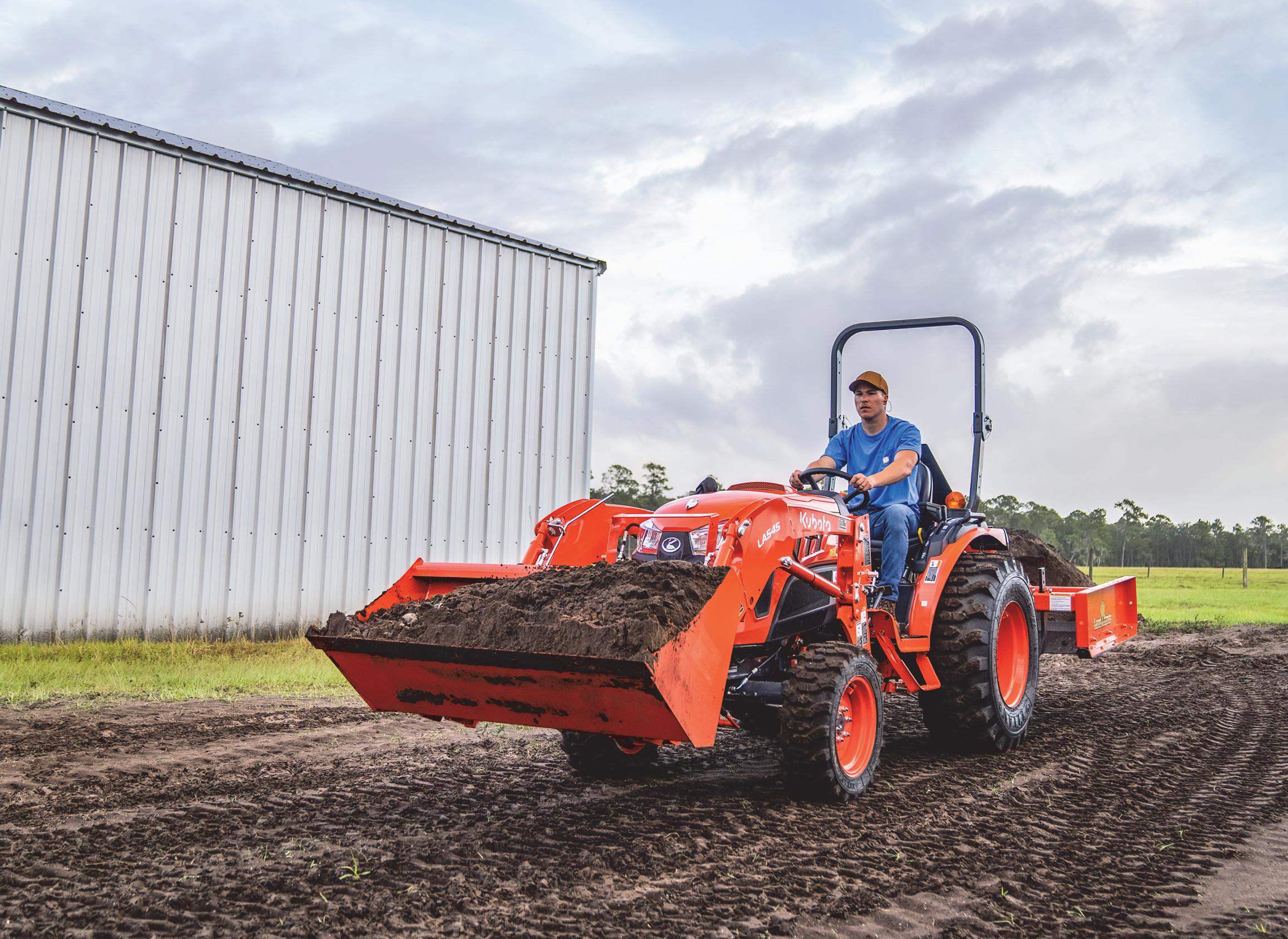

SAVE UP TO








**Based on EDA/UCC Data from 01/01/2018 - 12/31/2022 for sales of new tractors 0-200 Hp in the USA.© Kubota Tractor Corporation, 2024. 0% A.P.R, �nancing for up to 48 months on purchases of new Kubota LX SERIES equipment from participating dealers’ in-stock inventory is available to quali�ed purchasers through Kubota Credit Corporation, U.S.A.; subject to credit approval. Example: 48 monthly payments of $20.83 per $1,000 �nanced. Each dealer sets their own price. Customer instant rebates up to $300 are available with promotional rate �nancing. Customer instant rebates include Orange Plus Attachment Instant Rebate of $100 with purchase of the second qualifying new implement and $200 for the third new qualifying implement. Some exceptions apply. There is no rebate on the �rst implement purchased. Offers expire 06/30/24.Terms subject to change. Your Kubota Limited warranty gives you speci�c legal rights. You may have other rights which vary from state to state. 6 years limited powertrain warranty, Kubota Tractor Corporation does not authorize any person to create for KTC any obligation or liability other than that stated in the limited warranty. This material is for descriptive purposes only. Kubota disclaims all representations and warranties, express or implied, or any liability from the use of this material. For complete warranty, disclaimer, safety and product and incentive offer information, consult your local Kubota dealer and the Owner’s Warranty Information Guide for the Kubota limited warranty on all products. Visit KubotaUSA.com/disclaimers for more information.

up to 48 months on purchases of new Kubota LX SERIES equipment from participating dealers’
Kubota Credit Corporation, U.S.A.; subject to












from the use of this material. For complete warranty, disclaimer, safety and product and incentive offer information, consult your local Kubota dealer and the Owner’s Warranty Information Guide for the Kubota limited warranty on all products. Visit KubotaUSA.com/disclaimers for more information.KubotaUSA.com





- Garlic
o 8 cloves minced
- Butter
o 1 stick
- Steak (sirloin) flavorful and affordable but any steak can work
o 2lb Cut into inch cubes
- Olive oil
o 2 tablespoons
- Salt and pepper
o To liking
- Chopped cilantro or parsley.
o ¼ cups or to liking
- Red pepper flakes (optional)
o 1 tablespoon
1. Heat the Olive Oil: Add the olive oil to a large skillet. Heat the skillet over high heat until the olive oil is hot.
2. Cook the Steak: Add the steak pieces to the hot skillet. Season the steak pieces generously with salt and pepper. Cook the steak pieces for at least two minutes without stirring to get a good sear. After two minutes, stir the steak pieces and continue cooking for another two minutes until they are golden brown. If the skillet isn't large enough, cook the steak pieces in batches.
3. Transfer the Steak: Transfer the cooked steak bites to a plate.
4. Prepare Garlic Butter: In the same skillet, add the butter. Turn the heat down to medium. After the butter has melted, add the garlic and red pepper flakes. Cook while stirring for about 30 seconds, just until the garlic becomes aromatic and starts to brown.
5. Combine and Serve: Pour the garlic butter over the steak bites and toss well. Garnish with parsley or cilantro and serve.

Asparagus - Salt and pepper - Olive oil - Red pepper flakes - Butter - Garlic
Wash and Cut: Wash the asparagus thoroughly and cut off hard ends.
Melt Butter: Place a skillet over medium-high heat. Add butter and allow it to melt.
Cook Garlic: Add olive oil, salt, and pepper to the melted butter. Add garlic, red pepper flakes and cook, stirring constantly, until fragrant.
Cook Asparagus: Add asparagus to the skillet. Cook, turning often to ensure even cooking, until asparagus is tender.
Serve: Remove from heat. Serve and enjoy!
